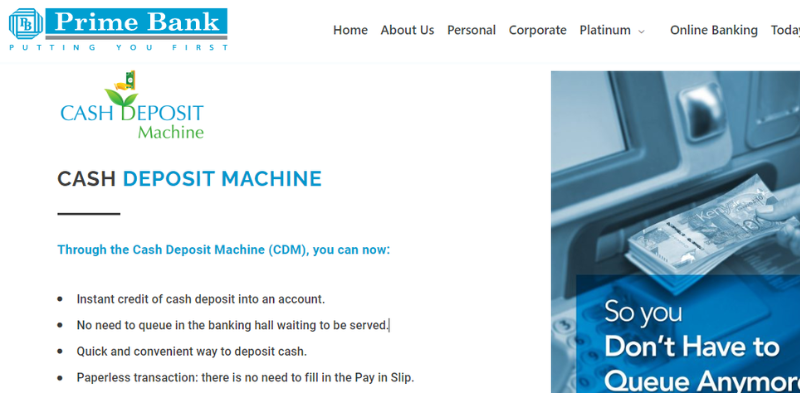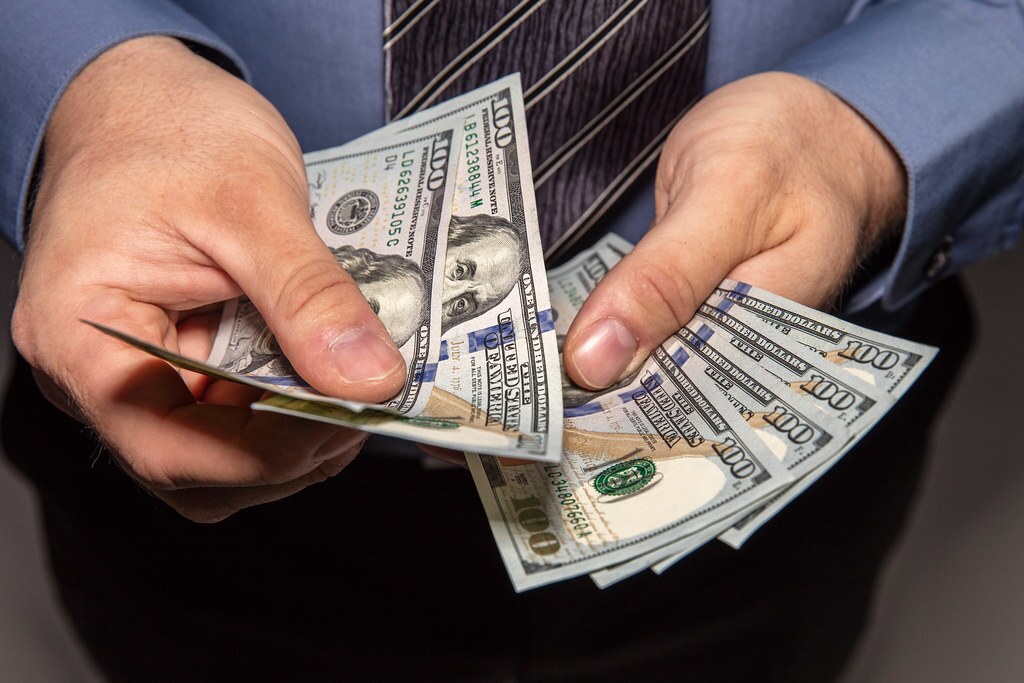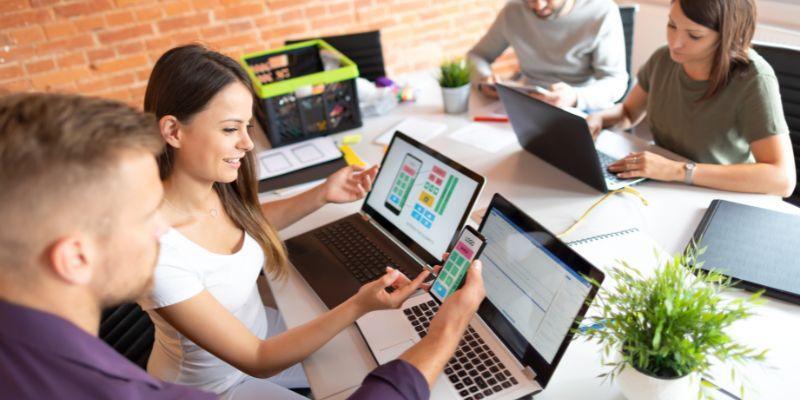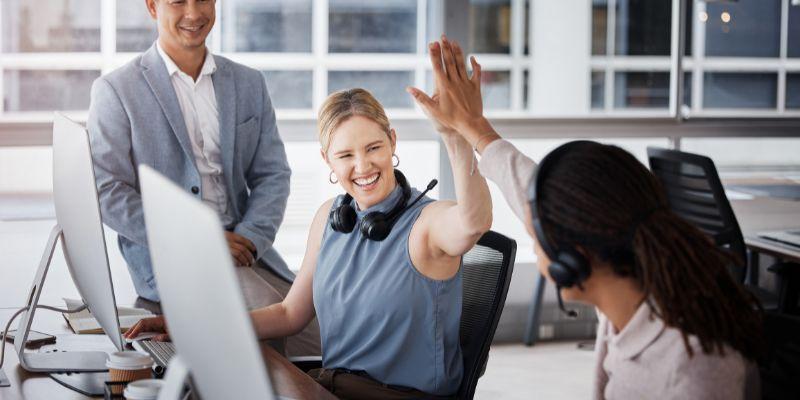In this blog: We take a look at how consumer sentiment has changed around cash automation and how the banking industry is adapting to accommodate more customers via various channels.
Developing countries are still very reliant on physical cash to fulfil simple everyday transactions. This is partially due to a lack of financial infrastructure and also a lack of financial literacy. This gap in information means a lot of people don’t trust financial institutions and remain unbanked or underbanked meaning they don’t have proper access to basic financial products like checking accounts.
Changing Times
However, in the past few years, we’ve been seeing a significant shift in consumer sentiment towards more advanced financial products and an increased emphasis on going cashless across the globe. Banks and other financial institutions are pushing for a more cashless society as it makes everyone’s life a lot easier.
Large Volumes of Cash in Circulation
In developing nations, there is often a significant amount of cash in circulation at any given time. This is because these economies are still very cash reliant and people use cash for everyday purchases like grocery and even for large purchases like property.

Additionally, a lack of basic knowledge of finances means people don’t trust banks so its common to retain savings in the form of cash or other physical assets in these regions. Many remain unbanked due to a lack of documents required to register formal bank accounts.
Advent of Mobile Money
Mobile money is a fairly new phenomenon, however it has taken the world of finance by storm. Mobile money or mobile wallets are essentially money accounts indexed to the user’s mobile number and ID associated to said number. This account can be accessed via a mobile app in most cases.
An Extensive Network of Agents
Eventually, what made mobile money so successful in developing countries was the extensive network of mobile money agents and ease of use. What are mobile money agents? Well, mobile money agents help you access your mobile wallet, load money and make transfers. This became a popular way to send money to relatives and loved ones back home.
/GettyImages-1266109669-a7549f87119b450eaa7861a660a214c0.jpg)
It didn’t require a smartphone or a complicated application; people could simply walk up to an agent and send money to mobile money accounts linked to phone numbers. However, mobile money doesn’t come without its flaws. The main setback is that these accounts are very limited in their capabilities when compared to formal bank accounts.
Despite the limitations, mobile money has acted as a gateway drug to more advanced financial products for a lot of people that were previously skeptical. By trying out this service, people’s misconceptions and mistrust towards banking are cleared and they end up opening proper bank accounts, getting insurance, applying for loans, etc.
Physical to Digital
Not just finance, but nearly every industry these days is incorporating digital channels of service delivery in their strategies. Ever since the pandemic, businesses have realized the importance of digital channels and the right mix of physical and digital is imperative to reach all your customers.
A Global Cashless Society?
Even before the global health crisis in 2020, there were already talks of a global cashless society with Sweden leading the charge. However, other nations were slow to adopt and skeptical. Their main concern was alienating cash customers with many states in the US imposing penalties on establishments that didn’t accept cash.

So the need for technology that digitizes cash arose and companies known for making ATMs for decades took a stab at trying to develop a mass market cash digitization solution like a cash deposit machine or cash recycler.
An Unsuccessful Attempt
However, these kiosks weren’t all that successful outside of first world countries due the price which already made them unattainable, but more importantly the machines weren’t robust enough to be used in cash reliant markets.

The problem that arose was that these machines were only configured to accept ATM fit notes and struggled to process market notes which may be slightly more worn. In other parts of the world this was a deal breaker as currency notes exchange many hands and age a lot faster compared to first world nations like Sweden that are already nearly a cashless society.
Need for a Robust Automation Solution
Some companies saw this gap in the market and capitalized on it by designing solutions that would work for a larger global audience. These kiosks were designed to withstand rough use and accept market notes in bulk as some nations don’t have very large denominations and their currency is worth a lot less comparatively.
One such product is CQuick from Azimut. It has already been deployed in large numbers in South Asia and is very successful due to its robust hardware and software, and modular design.
Accelerated by The Global Health Crisis
Demand for these kiosks skyrocketed during the pandemic as self service became the need of the hour and consumers got very used to and expected digital channels of service delivery along with physical options.
Self service thrived during the pandemic as it was the only channel that was still open for service uninterrupted by any restrictions or lockdowns.
Existing Network of ATMs
There is a huge opportunity for automating cash handling in banks because withdrawals are already automated with the help of ATMs and that’s half the work already done. There are 41.24 ATMs per 100,00 adults globally. That means there’s over a million cash withdrawal kiosks spread out globally.
:max_bytes(150000):strip_icc():format(webp)/thailand-atm-money-56a378765f9b58b7d0d21946.jpg)
All commercial banks have a large network of ATMs already and they don’t plan on replacing them anytime soon as manufactures offer good legacy support. Some banks are still using machines that are over 2 decades old. For these banks, a cash recycling solution is a tough sell because they have automated withdrawals covered already.
Case Study

Prime Bank meticulously assessed customer behavior, transaction patterns, and branch dynamics to pinpoint locations where CDMs would yield maximal impact.
The bank strategically introduced Cash Deposit Machines (CDMs), provided by leading CDM solutions in Kenya, across its branches. This case study delves into the strategic rationale behind Prime Bank’s decision, the meticulous implementation process, encountered challenges, and the impactful outcomes achieved.
Supplementary to Cash Withdrawal
However, a cash deposit machine would perfectly supplement an ATM to enable both automated deposits and withdrawals in the same location. Additionally, CDMs can be configured with a check deposit module as well to automate check deposits. This way a banking customer can access essential services like deposits and withdrawals without ever having to enter a bank branch and wait in line to be serviced by a teller.
Banks in Africa, South & Central Asia, and the Middle East have already started mobilizing large deployments of cash deposit kiosks to several locations to begin the transition towards total cash automation and an eventual cashless society.
Connect with Azimut today to inquire about self service solutions for banks, telecoms and much more!
BOOK A FREE DEMO






